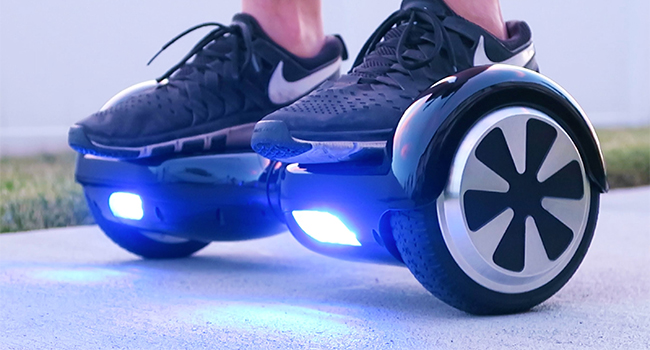
This Year's Hottest Gift Banned from Airlines
- By Sydny Shepard
- Dec 14, 2015
Most major U.S. airlines have banned the newest technology hitting the streets: the self-balancing scooter, or “hoverboard.” These handle less modes of transportation have been banned over safety concerns regarding their electrical systems.
The airlines’ hoverboard bans came amid several reports of the devices’ batteries catching fire and exploding, in some cases causing serious damage. The U.S. Consumer Product Safety Commison has received at least 10 reports of fires caused by the hoverboards, a number that is increasing daily.
The battery issues have been a major headache for the companies that make hoverboards, including IO Hawk and PhunkeeDuck. These executives point the finger at the companies supplying variations of their product. They say these knockoff products are causing all the problems due to taking shortcuts to cut down on cost. IO Hawk and PhunkeeDuck’s hoverboards cost over $1,000 while models from off-brands can cost as little as $385.
Delta, United Airlines, Alaska Airlines, American Airlines and JetBlue are among the major air carriers that have decided to ban hoverboards. Southwest, however, will still let you bring one on board.
Southwest explains that they will treat the hoverboard as a carry-on item as long as it can fit within a carry-on bag. If it is too large, they suggest it be packed in checked luggage an protected from “accidental activation.” Still, the airline is taking extra precautions, scooters with batteries larger than 160 watt-hours are not permitted on the plane, a rule that the airline has had for other electronics powered by similar batteries.
“Just out of safety precautions, I can understand where the airlines are coming from,” IO Hawk President John Soibatian said. “There isn’t a dollar amount you can put on somebody’s life. Each one of our components is tested before we put it into the marketplace. When we charge $1,800 it’s not for the logo.”
About the Author
Sydny Shepard is the Executive Editor of Campus Security & Life Safety.